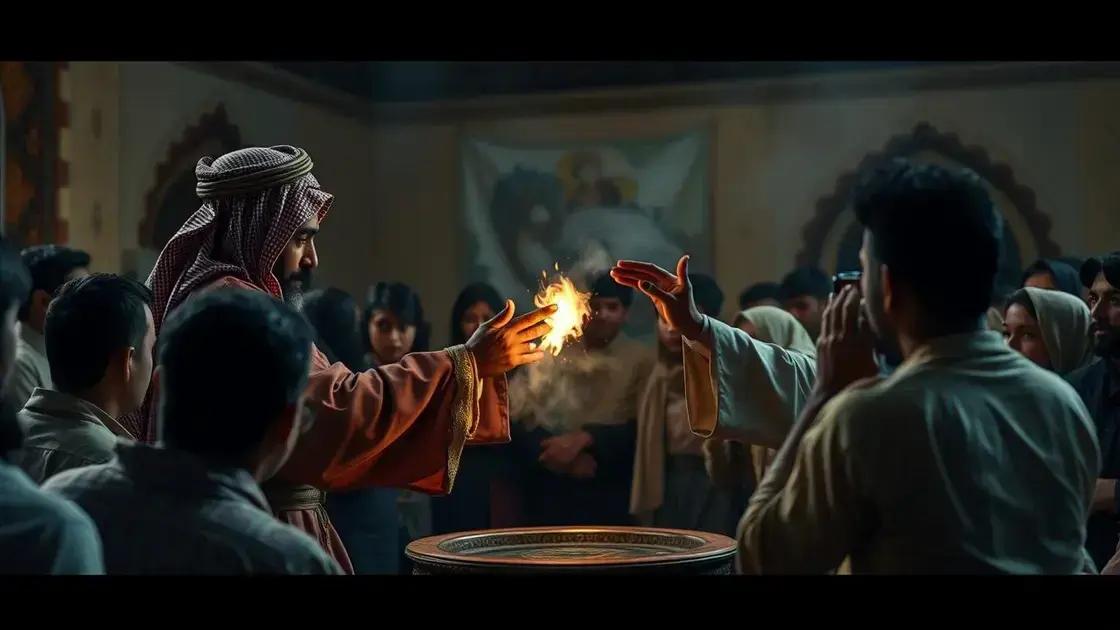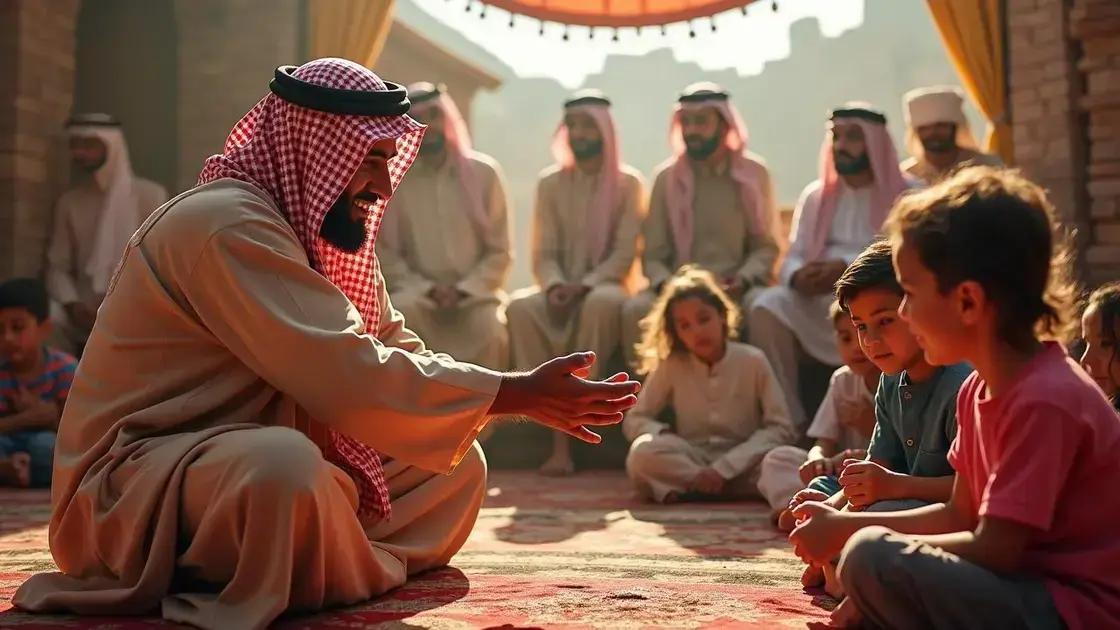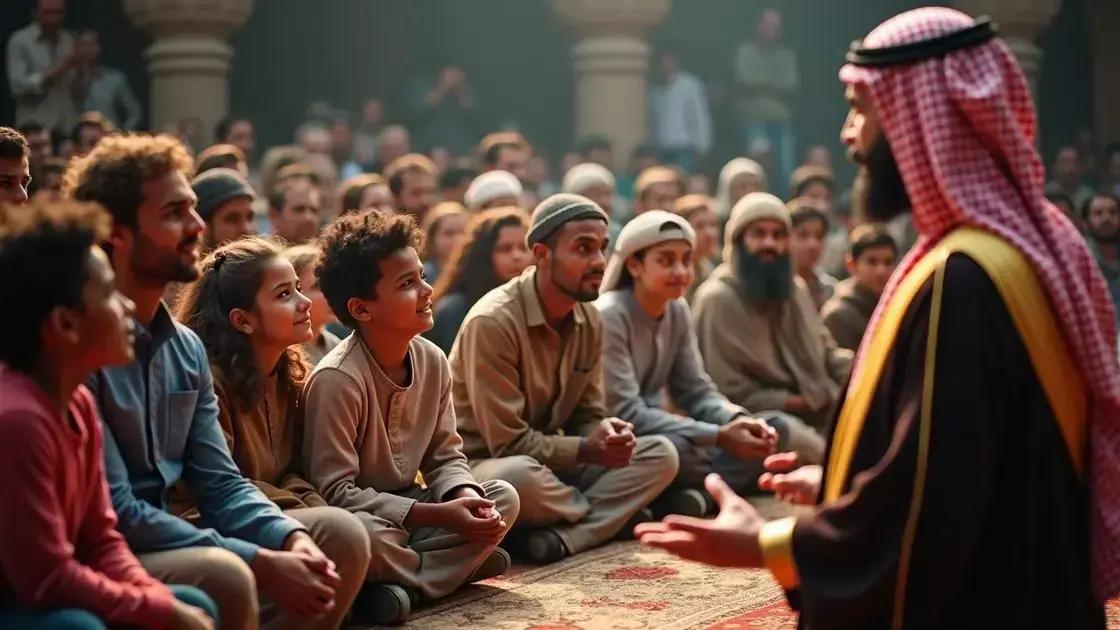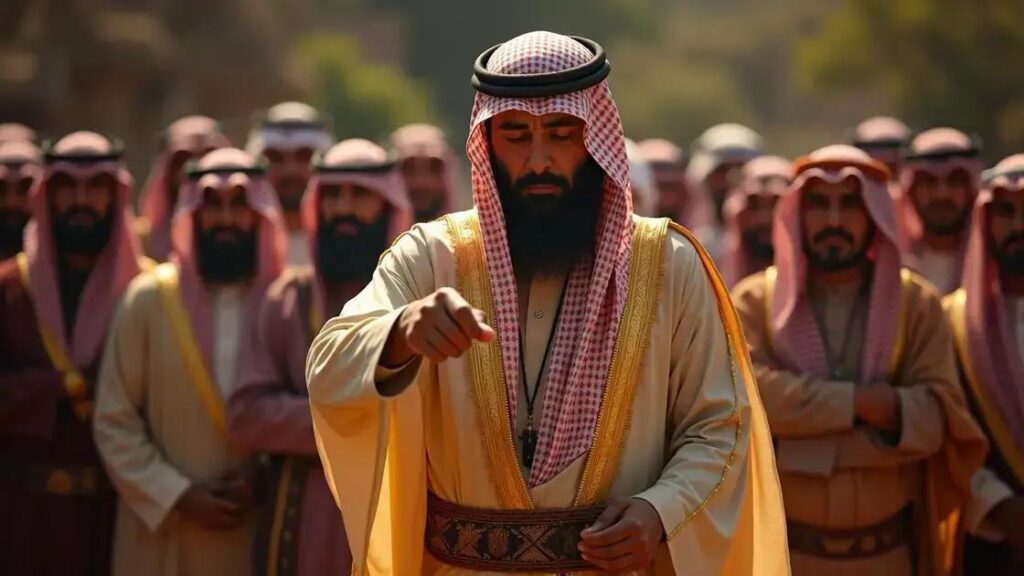The Arab Sheikh’s Trick does have age restrictions that vary by region and cultural norms, impacting how different age groups experience this captivating performance. It serves as a unique blend of entertainment and cultural heritage while raising discussions around suitability and legal perspectives.
The Arab Sheikh’s Trick is a fascinating cultural phenomenon that raises questions about age restrictions and societal norms. Many wonder, “Does the Arab Sheikh’s Trick have age restrictions?” In this article, we delve into its cultural significance, explore legal perspectives, and consider how it affects different age groups. As we navigate through these layers, you’ll gain a deeper understanding of this intriguing trick and the importance of age considerations in the context of tradition.
Understanding the Arab Sheikh’s Trick

The Arab Sheikh’s Trick is a captivating performance that showcases a blend of culture, magic, and storytelling. It often features a skilled performer, often referred to as a Sheikh, who uses clever illusions to entertain audiences. Understanding this trick requires appreciating its cultural roots and the significance it holds in Arabian traditions.
Elements of the Trick
This performance may involve various elements such as sleight of hand, psychological manipulation, and audience participation. The Sheikh captivates viewers with a series of impressive feats that challenge the mind and spark wonder. Common tricks involve disappearing acts, card tricks, and other illusionary displays that seem to defy the laws of nature.
Historical Context
Historically, the Arab Sheikh’s Trick is not just about entertainment; it also reflects the rich oral traditions and storytelling practices of Arab culture. These performances often serve as a means of passing down stories, lessons, and cultural values from one generation to another.
Audience Engagement
Engagement with the audience is a crucial component of this performance. The Sheikh often encourages participation, making attendees feel involved in the magic. This interactive aspect can provoke laughter, surprise, and deep reflection, creating a memorable experience.
Overall, understanding the Arab Sheikh’s Trick goes beyond its magical elements; it invites us into the heart of Arabian culture, where performance art intertwines with tradition, making it a cherished practice within the community.
Cultural Significance and Age Restrictions

The cultural significance of the Arab Sheikh’s Trick cannot be overstated. This performance is rooted in historical traditions that reflect the values and artistic expressions of the Arab world. Through storytelling and magic, it serves as a connection between past and present, allowing communities to celebrate their heritage.
Age and Cultural Interpretation
Different age groups interpret the trick in various ways. For children, the performance is often filled with wonder and excitement, igniting their imagination. Adults, on the other hand, may appreciate the deeper cultural meanings and skills involved in the craft. However, cultural norms dictate that certain aspects of the trick might be more suitable for specific age groups, leading to informal age restrictions during performances.
Age Restrictions in Practice
In many communities, social customs and family values influence who can participate in or witness the trick. Younger audiences might be shielded from certain themes or illusions that are deemed inappropriate. This is common in cultural performances where the content might include complex narratives that require a mature understanding.
Balancing Tradition and Modernity
As the Arab Sheikh’s Trick evolves, there is ongoing discussion about balancing tradition with modern expectations. Some argue that keeping age restrictions can help maintain the purity of the performance, while others believe that all age groups should experience the magic without limitations. This ongoing dialogue reflects broader social shifts and the desire to engage younger generations in cultural practices.
Ultimately, the cultural significance of the Arab Sheikh’s Trick is tightly interwoven with considerations of age restrictions, impacting how communities engage with this storied tradition.
Legal Perspectives on Age Limits

Legal perspectives on age limits regarding the Arab Sheikh’s Trick vary across different regions and cultural contexts. Understanding these legal frameworks is essential for performers and audiences alike, as they define who can participate and under what conditions.
Age Limitations by Region
In certain places, local laws set specific age restrictions for performances that involve illusion and magic. These laws are often created to protect younger audiences from potentially misleading or startling content. For instance, managing entertainment events might require permits that stipulate age limits to ensure safety and appropriateness.
Regulations on Performance Content
Moreover, the legal guidelines surrounding cultural performances may dictate what content is suitable for different age groups. Some illusions might involve themes or visuals that are considered inappropriate for children. Therefore, it is common for performers to tailor their acts based on legal requirements to ensure they comply with regulations.
Enforcement of Age Restrictions
Enforcement of these age restrictions can vary widely. While some venues strictly adhere to age guidelines, others may not actively monitor the age of attendees. This inconsistency raises questions about responsibility, as performers and venue owners navigate legal obligations toward the audience.
Legal perspectives on age limits play a crucial role in shaping how the Arab Sheikh’s Trick is received and regulated. Awareness of these laws helps create a safer environment for audiences while preserving the integrity of this fascinating cultural practice.
How Does It Affect Different Age Groups?

The Arab Sheikh’s Trick impacts different age groups in unique ways, shaping their reactions and experiences. Understanding these effects provides insight into the cultural relevance of the performance.
Children and Young Audiences
For children, the trick is often a source of wonder, excitement, and joy. The vibrant visuals and engaging narratives appeal to their imagination. They may see the Sheikh as a magical figure, creating memorable experiences. However, certain tricks may be too intense, leading parents to consider age restrictions for safety reasons.
Teens and Young Adults
As young individuals mature, their perception of the tricks shifts. Teenagers view the performance not only as entertainment but as an art form. They often appreciate the skill required to perform the tricks and may discuss the underlying messages or themes presented. This demographic is also open to participating in discussions about cultural implications and ethics surrounding such performances.
Adults
Adults experience the Arab Sheikh’s Trick with a different lens. They may analyze the storytelling elements, cultural significance, and the history behind the performance. This group is likely to reflect on the social norms and traditions that govern such performances, bringing a richer understanding to their viewing experience.
Seniors
For seniors, the performance may evoke nostalgia, reminding them of traditions from their youth. They may appreciate the connection to cultural heritage, as it serves as a reminder of shared community values. However, they might also have preferences regarding content, as some tricks could be confusing or alarming due to different cultural interpretations.
Overall, the Arab Sheikh’s Trick resonates with a variety of age groups, each bringing their perspectives and reactions, enriching the cultural dialogue surrounding this captivating performance.
In conclusion, the Arab Sheikh’s Trick and its cultural implications
The Arab Sheikh’s Trick offers a fascinating glimpse into the intersection of entertainment, tradition, and societal norms. Different age groups interact with this performance in diverse ways, each finding meaning and enjoyment through their unique lenses.
Cultural significance and age restrictions shape how audiences engage with the trick, reinforcing the values and heritage of the community. Legal perspectives add another layer, ensuring that performances respect age-appropriate guidelines.
As we explore this enchanting art form, it becomes clear that the Arab Sheikh’s Trick is more than just an illusion; it is a living expression of culture that resonates through generations, offering insights into the values and traditions of Arab society.
FAQ – Frequently Asked Questions About the Arab Sheikh’s Trick
Does the Arab Sheikh’s Trick have age restrictions?
Yes, there are often informal age restrictions based on cultural norms and content suitability for different audiences.
What is the cultural significance of the Arab Sheikh’s Trick?
The trick is a reflection of Arabian traditions and storytelling practices, serving as a way to pass down cultural values.
How do different age groups respond to the trick?
Children find it magical, teens appreciate the art form, adults analyze the narrative, and seniors reflect on cultural heritage.
What legal perspectives impact age limits on performances?
Local laws may set age restrictions to protect younger audiences, ensuring that the content is appropriate for all ages.
Can families attend the performance together?
Yes, families can attend, but it’s essential for parents to consider the content and any informal age restrictions.
How does the trick promote community awareness?
The trick engages the audience, encouraging discussions about tradition, culture, and the importance of preserving heritage.












